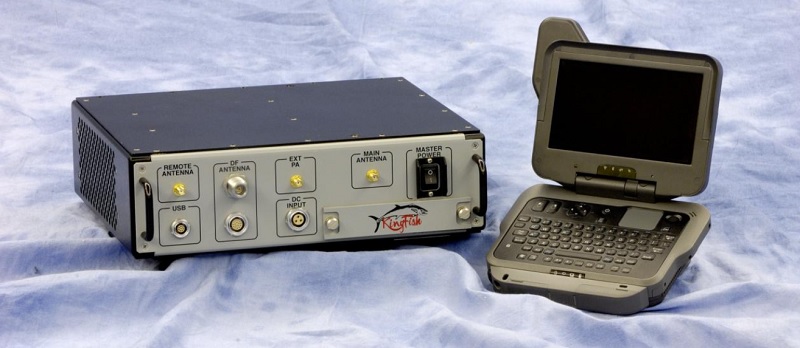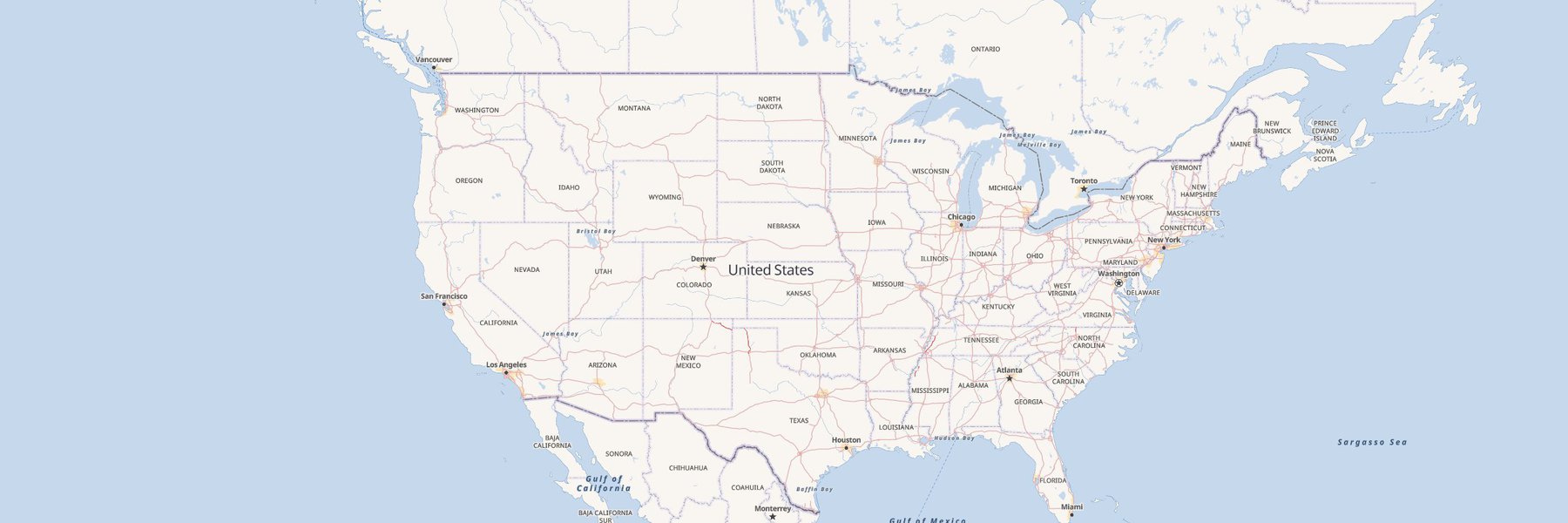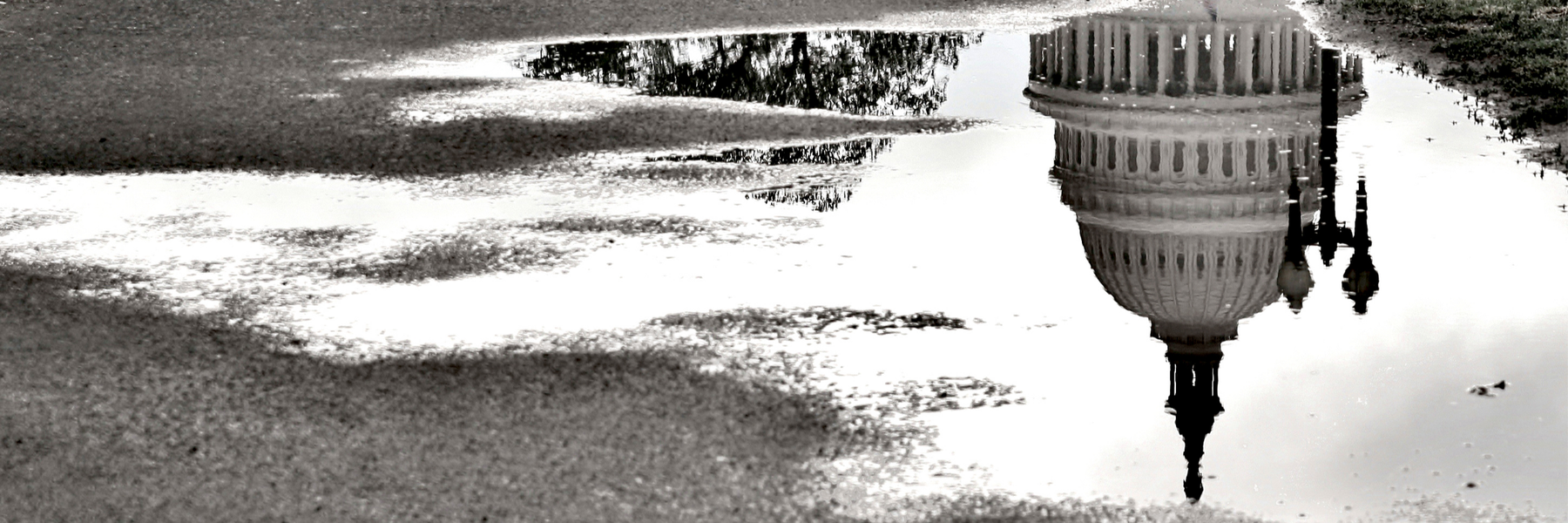In light of an Associated Press article discussing cell site simulators (also known as IMSI catchers, or more commonly by the name of the most popular model, the StingRay), we wanted to revisit our Cell Site Simulator Census Project. Last year we were able to receive documents from dozens of law enforcement agencies across the country which have purchased the controversial devices, and even managed to get our hands on a rare usage log from the Virginia State Police.
As a refresher, a cell site simulator is a device which can track a mobile phone by mimicking a cell phone tower, and then forcing nearby phones to connect with it, giving the user the ability to track mobile phones through their number, IMSI codes, and other signifiers. Harris Corp’s StingRay can do this to the degree of being able to know which apartment block someone is in through add-ons such as the KingFisher. Harris is the largest purveyor of these devices, although one can find hundreds of cheaper models online. Contrary to popular belief, you don’t have to be a law enforcement officer to get your hands on this powerful tool.
While the idea of being tracked by the spy in our pocket is spooky enough, recent reporting shows that might only be the tip of the iceberg when it comes to the devices’ abilities. As the AP piece brings mentions, Harris’ models have an eavesdropping functionality, and texts and other stored data on a phone is within its grasp. There is evidence that in the Harris HailStorm’s eavesdropping mode, phone calls can actually be intercepted
 .
.
One of the major problems with this is even if they we knew for a fact that were not being used to snoop on peaceful protesters and only being used against criminals that warrant this kind of privacy invasion (again, taking on faith), because of how these devices operate, all the phones in the area swept are also susceptible to coughing up large chunks of the information stored on them, including texts. This is likely why we saw many police departments in our census, typically in states with strong laws regulating IMSI catchers, implement strict rules about wiping the machine of its memory after use, which doesn’t solve the problem entirely, obviously.

The AP article mentions that in New York state, a judge in a murder trial has recently ruled that for police to obtain a warrant to use a cell site simulator, they must now get an eavesdropping warrant, rather than a probable cause warrant. Eavesdropping warrants are substantially more difficult to obtain. Said Supreme Court Judge Martin Murphy, “By its very nature, then, the use of a cell site simulator intrudes upon an individual’s reasonable expectation of privacy, acting as an instrument of eavesdropping and requires a separate warrant supported by probable cause.”
Another problem posed by the device is how difficult it is to track how often they’re being utilized. A team of researchers at the University of Washington at Seattle created a device they called the Seaglass that was designed to be able to detect when an IMSI catcher is being used. They tested it in Seattle and Milwaukee and were met with some degree of success but allowed that “SeaGlass was able to detect many suspicious anomalies, however, until they are independently verified, we cannot definitively say the anomalies were caused by IMSI-catchers.”

Image via SeaGlass
I spoke to privacy advocate and law enforcement technology researcher Freddy Martinez recently, and as he told me, “as far as getting hard evidence, it’s pretty tricky. There are a lot of people looking at this, and I would say probably the best is Seaglass. It’s really hard to prove.”
This is powerful surveillance technology being dropped into the hands of state and local law enforcement, and it is unclear from the evidence the public has at this time whether the potential benefits outweigh the significant risks to civil liberties - the usage log we obtained from Virginia shows that nearly half the time they used their IMSI catcher, it was not able to locate the suspect. At the very least, it is imperative that more states join Illinois, California, New York and others in regulating these devices and giving cops clear parameters concerning when it is appropriate to use them.
- Awaiting Acknowledgement: Blue
- Awaiting Response: Purple
- Rejected: Large Red
- Completed: Green
- No Responsive Documents: Small Red
- Payment Required: Yellow
Take a look back at our census to see if your local law enforcement agency is an operator of one of these surveillance tools. If you have information that an agency in your city or state is using one, and it is not in our census, get in touch with me at curtis@MuckRock.com or DM me on Twitter @CHWaltman.
Image via Wikimedia Commons




